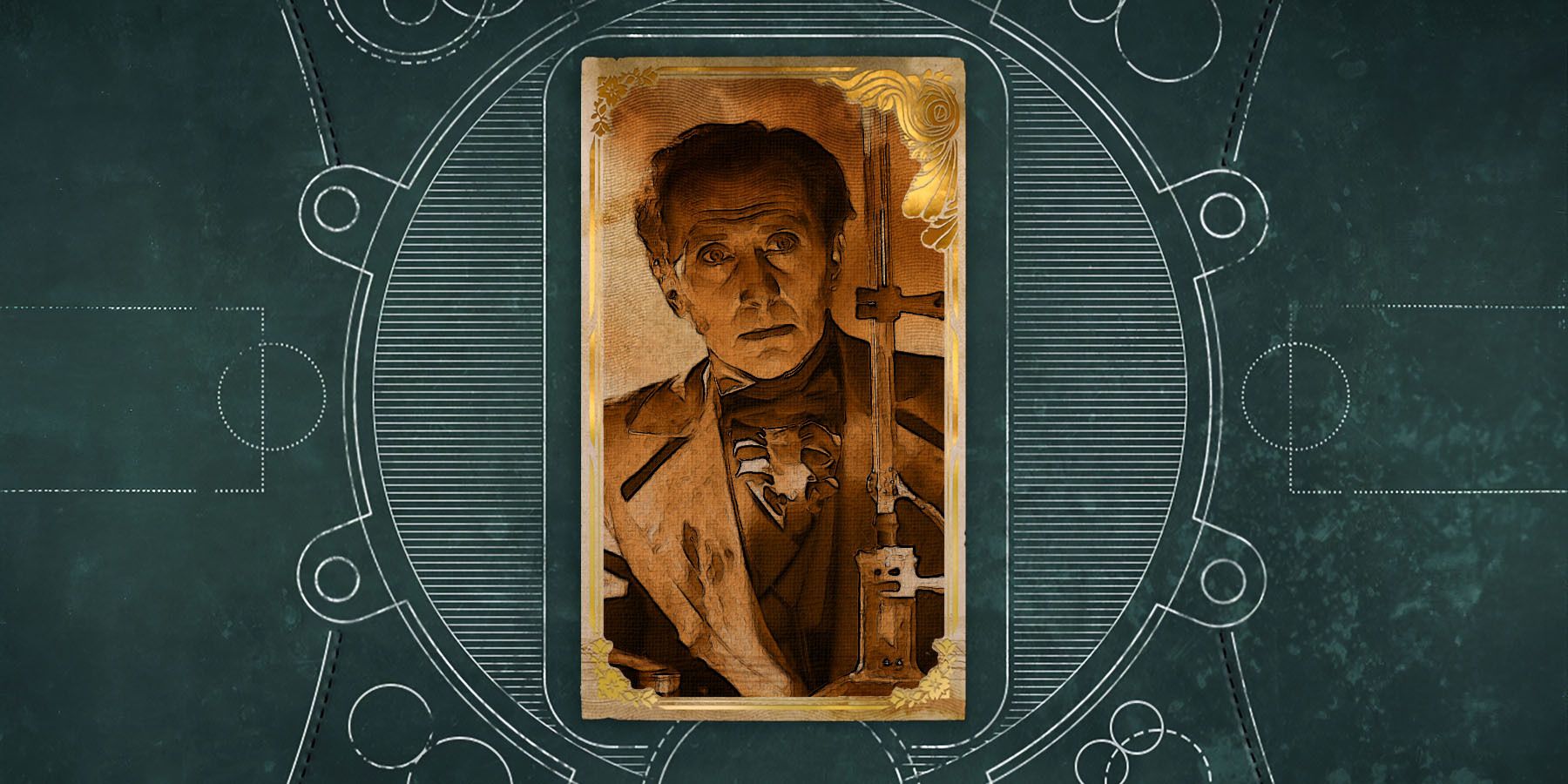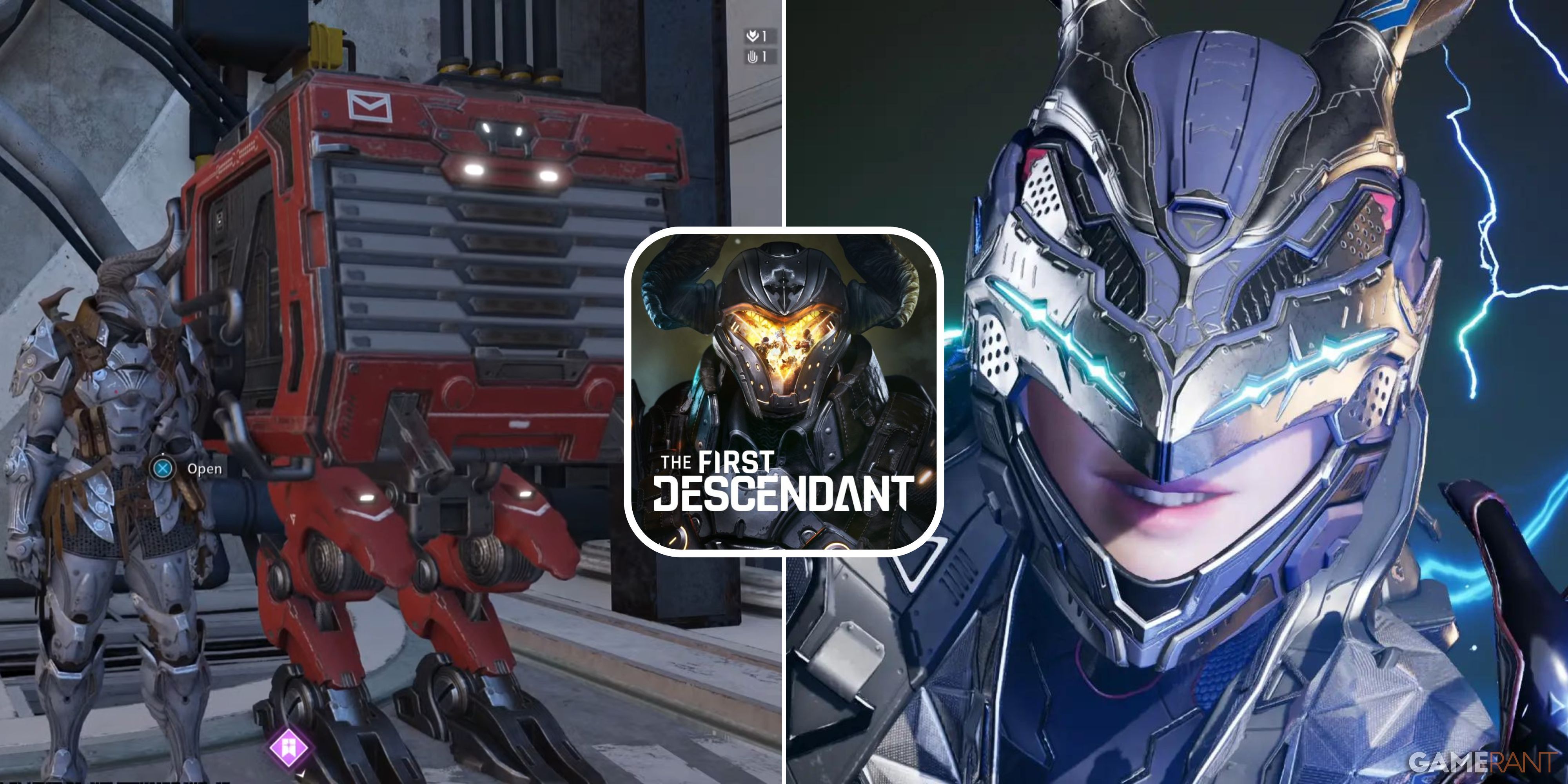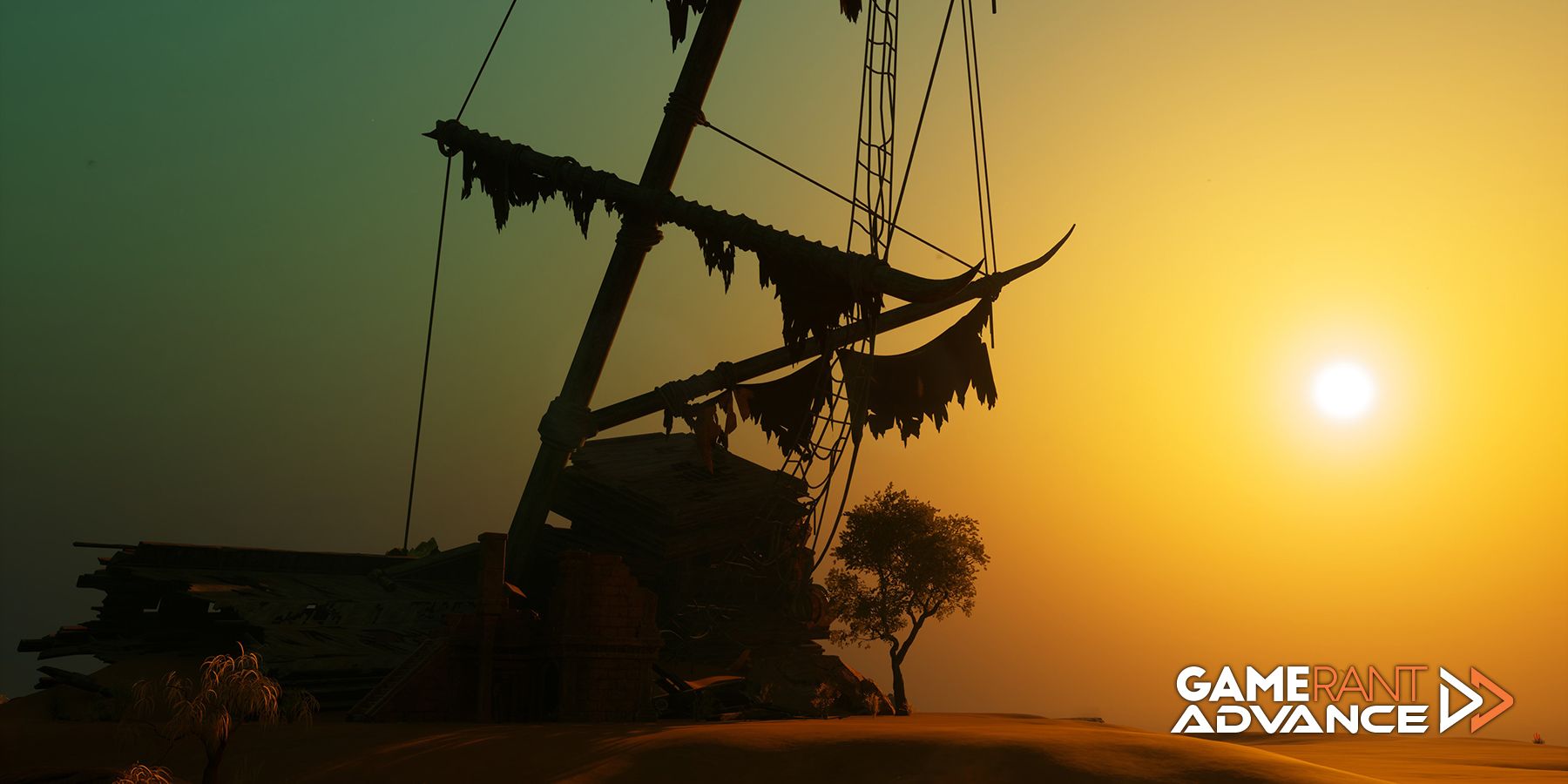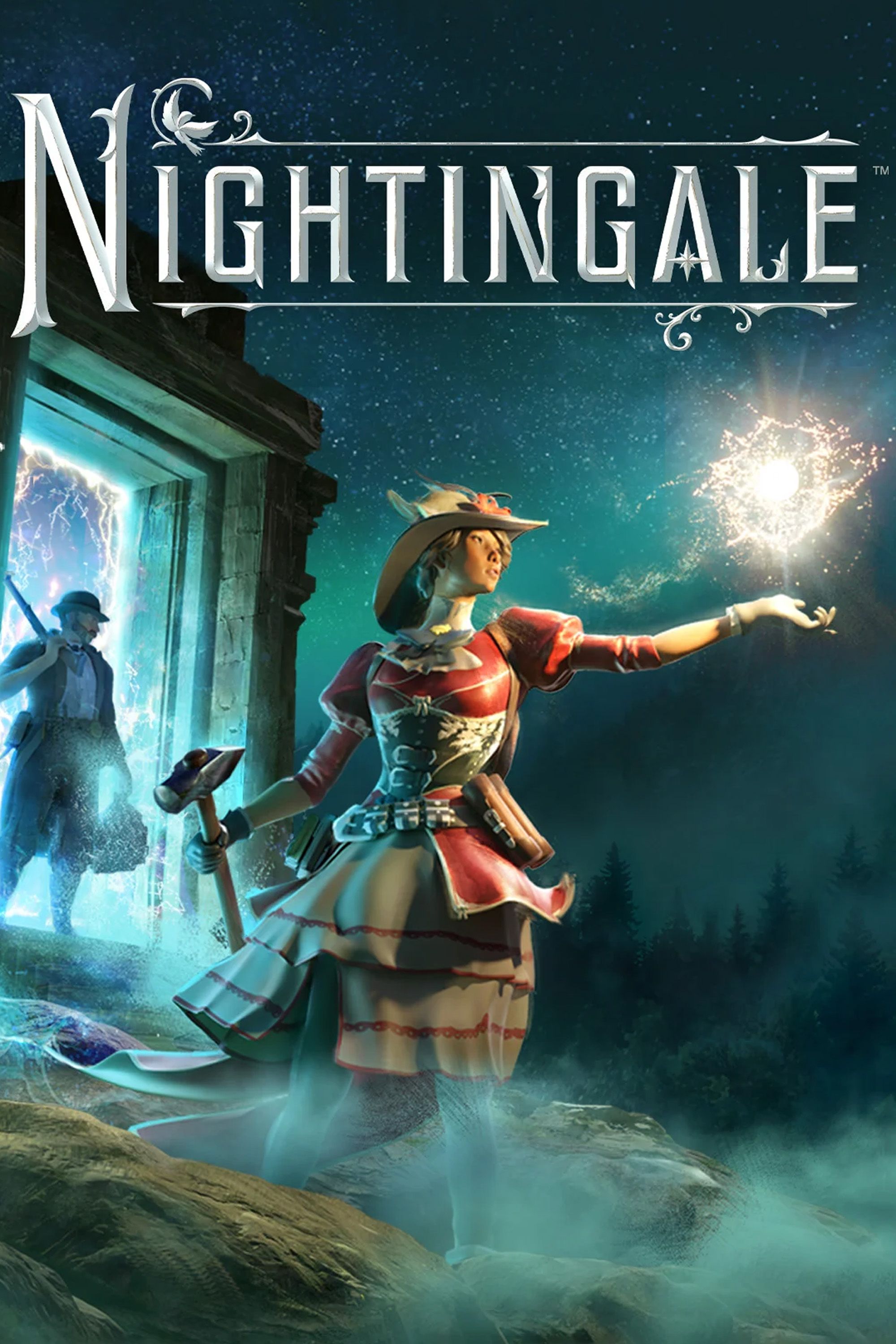While survival-crafting games appear to dot the modern gaming landscape, each manages to stand out in different ways. Palworld has its creature collecting, Enshrouded has its action RPG emphasis, and Inflexion Games' Nightingale has its Fae Realms. As players seek to understand what happened with the apocalyptic Pale, find Nightingale City, survive across these realms, and thrive in their own homes and buildings, they will do so by creating various Realms through different card combinations. These Realm Cards can be discovered and crafted throughout the game, and although Nightingale is entering Early Access on February 20, the sheer possibilities of this system are already incredible.
That's all interwoven into the design of the game. Based on all the realm cards in Nightingale and other modifiers, there could be around 20,000 realmic variations at play according to the art director at Inflexion Games, Neil Thompson, who recently spoke with Game ZXC.

Nightingale Promises 'Complex Things' with Victor Frankenstein
Survival-crafting game Nightingale will feature a unique take on Victor Frankenstein, the tormented scientist from Mary Shelley's classic novel.
This isn't a long-term goal, either; this number is how many possible realm combinations players could create or encounter during their time in Nightingale's Early Access period (and not counting the in-game vaults, either). This is all possible because Inflexion puts that power in players' hands, and that power is only something that'll grow throughout Early Access. As Thompson explained it,
At launch, there are three biomes, Forest, Desert and Swamp, but with players’ ability to use realm cards to change the parameters of each realm, the number of possible variations goes up considerably. If you don’t include vaults, there could be around 20,000 realmic variations.
How Biome, Major, and Minor Cards Work in Nightingale
There are three types of cards in Nightingale, two which are played when crafting a Realm and one which can be played later to modify it. The first two will determine what type of Biome it is (which will only include Forest, Desert, and Swamp at launch), as well as determine the internal content of the biome, things like spawns. These are named the Major and Biome Cards. Later on, players can encounter Realmic Transmuters which further modify the Realm using the third kind, Minor Cards.
Minor Cards impact multiple parts of Nightingale's core gameplay, which include creating moon gravity, summoning a Blood Moon, making it rain, and much more. In fact, Inflexion Games CEO Aaryn Flynn also told us about a Minor Card called Trickster which changes how players gather resources. It makes it so that something like chopping trees could provide meat, hunting could provide stone, and ultimately randomizes resource gathering. The 20,000 variations seem doable with all of this in consideration, if perhaps surprising for an Early Access title.
Nightingale's Variations Can Only Grow Throughout Early Access
However, it's worth mentioning that it's probably not 20,000 major variations. It doesn't mean players won't see similar locations if they play the same Minor Cards, Biome Cards, and Major Cards, but exact locations are incredibly unlikely given this system and Nightingale's procedural generation. There's a fair balance between how much player agency there is between the Realm Cards and the underlying world creation systems. When asked about player freedom of choice when experimenting with Realm Cards, Thompson also added,
It is only limited by players’ desire to seek out card recipes and craft them. Biome and Major cards can be used in any combination to open a portal to a realm and then Minor realm cards can be used at “Realmic Transmuters” within the realm to make further changes in real-time.
20,000 is more than a strong start, and given Inflexion's inclination for player feedback in Nightingale, it'll be interesting to see how much it grows over time. There's no hardset date for Nightingale's exit from Early Access, meaning there's really no limit on how much the game could grow.




